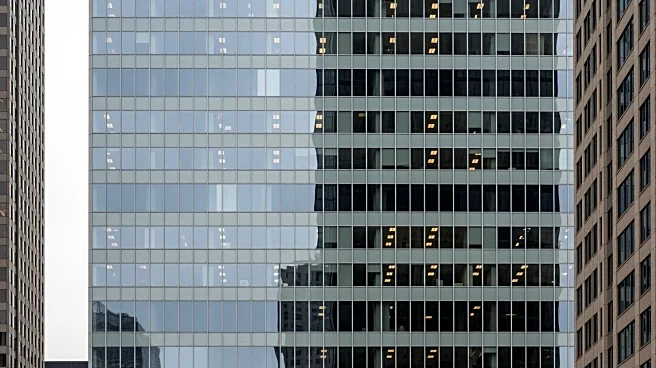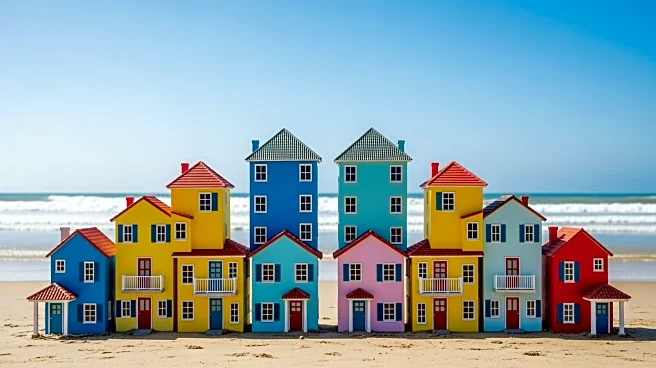What's Happening?
Chicago's downtown office space vacancy rate has surged to a record-high 28%, according to recent data. This increase is attributed to post-pandemic work trends, where companies are increasingly opting
for remote work, reducing their physical footprint in the area. Over the past two years, the business district has lost 2.3 million square feet of office space, nearly double the amount vacated during the Great Recession of 2009-2010. LyLena Estabine, a researcher at the Illinois Policy Institute, suggests that city policymakers have struggled to adapt to these changing demographics. Estabine proposes that converting commercial buildings to residential spaces, a strategy recently employed in New York's Midtown Manhattan, could help address the vacancy issue.
Why It's Important?
The high vacancy rate in Chicago's downtown office spaces highlights significant shifts in work culture and urban planning. As remote work becomes more prevalent, traditional business districts face challenges in maintaining their relevance and economic vitality. This situation presents an opportunity for city planners to rethink urban development strategies, potentially transforming office spaces into residential areas to revitalize downtown regions. Such changes could address both the vacancy issue and the city's housing crunch, fostering a more vibrant community environment. The economic implications are substantial, affecting local businesses, real estate markets, and urban infrastructure planning.
What's Next?
Chicago is considering a central area plan aimed at revitalizing the downtown region and surrounding areas by 2045. This plan may include strategies for converting office spaces into residential units, addressing both the vacancy rate and housing shortages. As interest rates rise, city lawmakers are urged to act promptly to implement these changes. The success of similar initiatives in other cities, like New York, could serve as a model for Chicago's efforts. The plan's implementation is expected to begin within the next few years, potentially transforming the downtown area into a more dynamic and community-oriented space.











